The African savannah is home to some of the most fascinating animals on Earth. Beyond lions, elephants, and zebras, the savannah holds surprising secrets that textbooks often don’t teach. From clever survival strategies to hidden ecosystems, here’s what you probably didn’t learn in school.
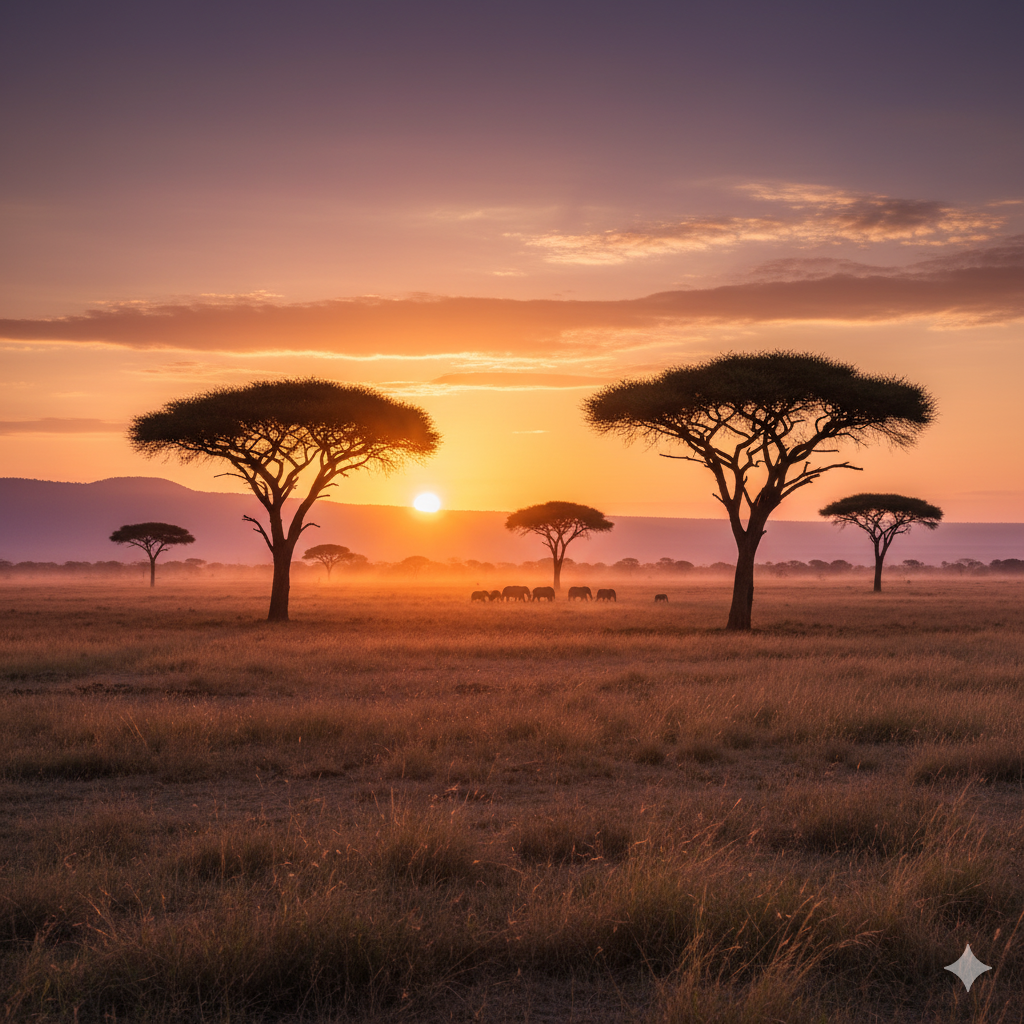
The Trees Are Secretly Communicating
Acacia and baobab trees may seem quiet, but they “talk” through chemicals in their roots and leaves.
- When under attack by insects, acacia trees release chemicals that warn nearby trees, which then produce defensive toxins to protect themselves.
- This invisible network helps maintain balance in the savannah ecosystem.
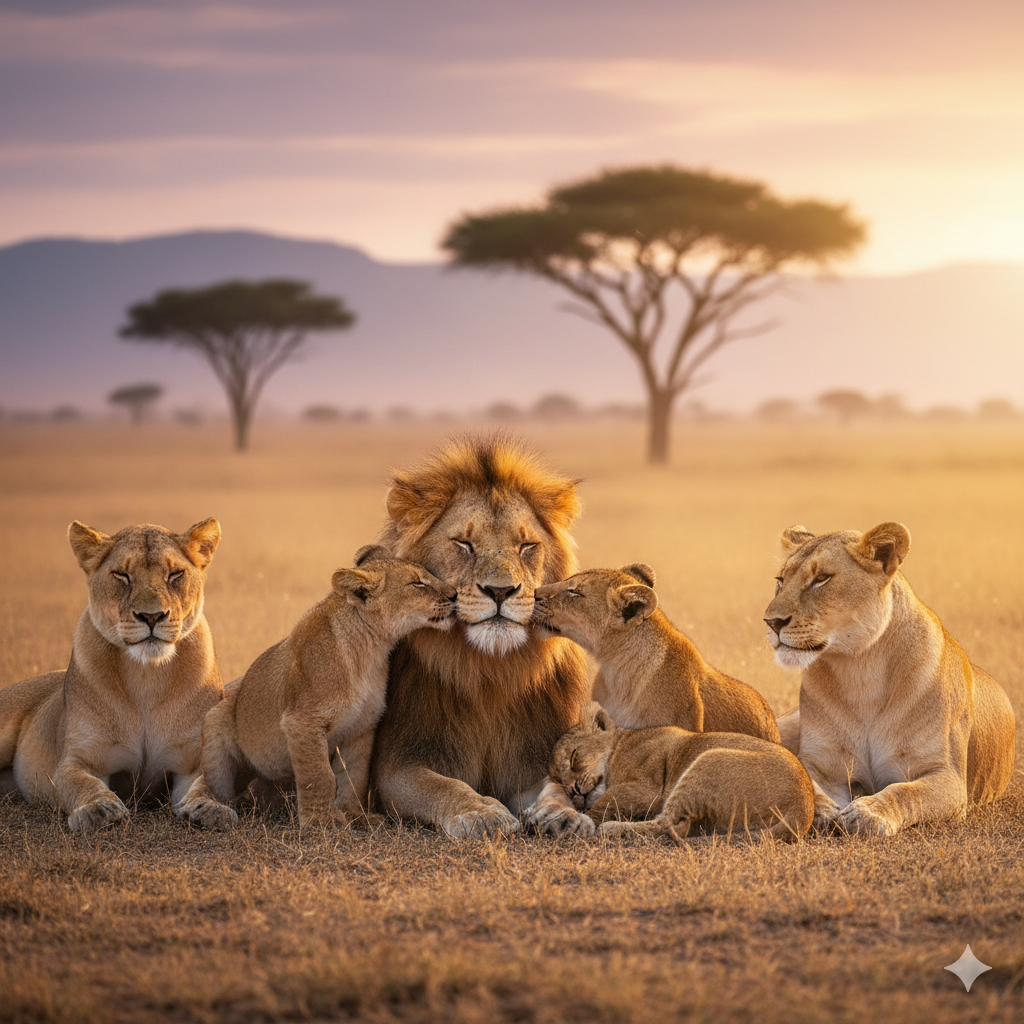
Lions Don’t Always Roar to Show Dominance
- Lions use subtle body language and scents to communicate within the pride.
- Sometimes a soft nuzzle or rubbing heads conveys more than a roar.
- This “silent diplomacy” keeps prides harmonious and reduces unnecessary fights.
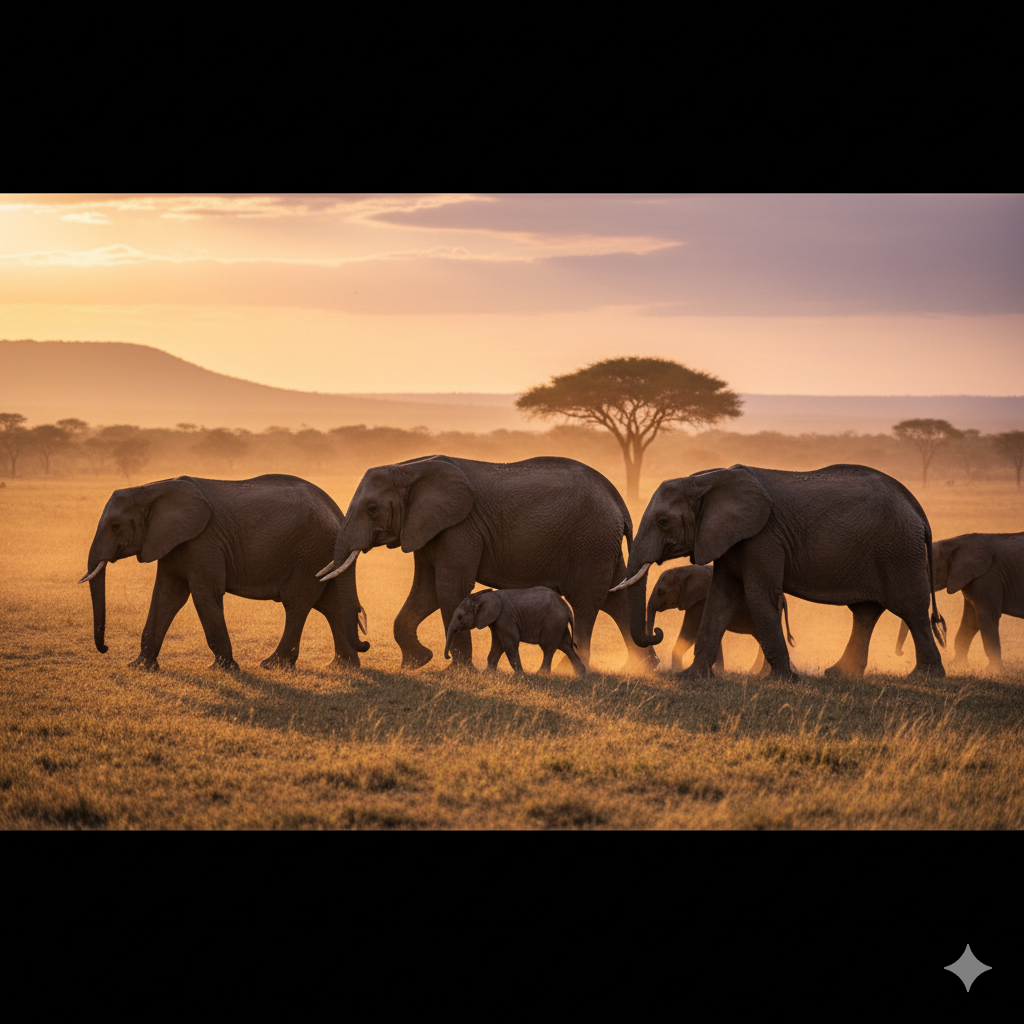
Elephants Have Incredible Memory and Emotions
- Elephants can remember water sources, friends, and even humans for decades.
- They grieve for lost companions, showing behaviors that suggest empathy and mourning.
- This intelligence helps them survive harsh droughts and navigate vast savannah landscapes.
(Image suggestion: elephant herd walking with a baby)
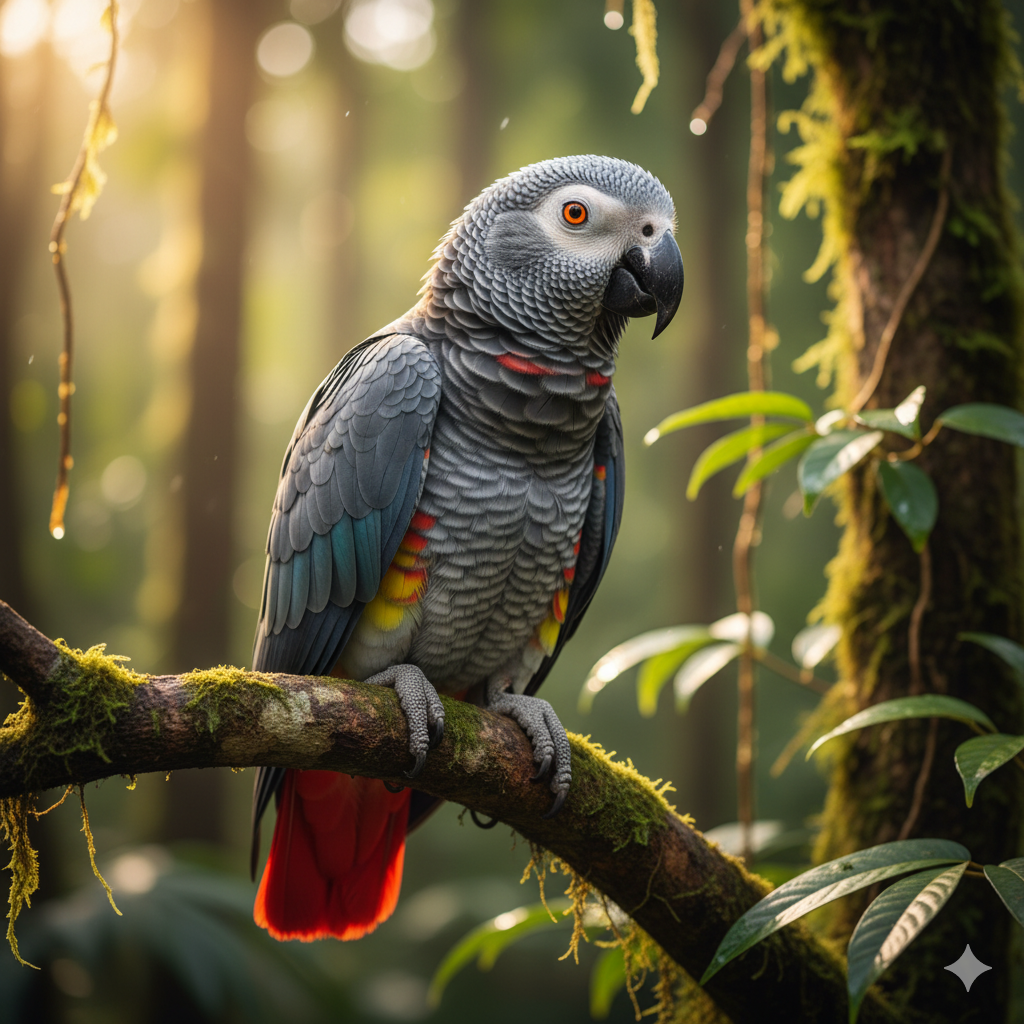
Some Birds Are Master Mimics
- Birds like African grey parrots can imitate sounds of other animals and even humans.
- This skill helps them distract predators or communicate with other species.
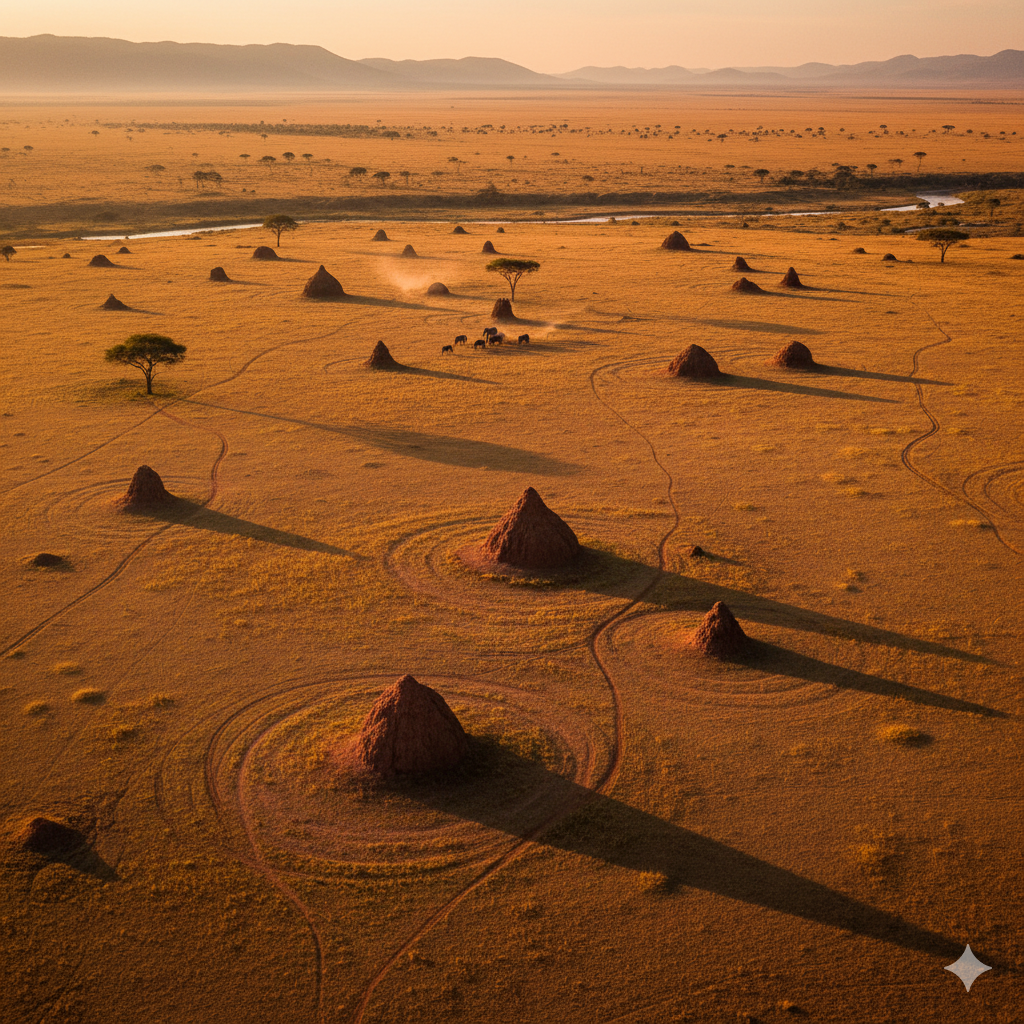
The Savannah is Full of Hidden Ecosystems
- What looks like endless grasslands hides small microhabitats with insects, reptiles, and tiny mammals.
- Termite mounds, for example, create fertile soil pockets that support plant diversity — crucial for the survival of herbivores.
Conclusion
The African savannah is more complex and interconnected than most school lessons suggest.
From secret chemical signals to emotional giants like elephants, there’s always something new to discover.
If you loved this article, check out:

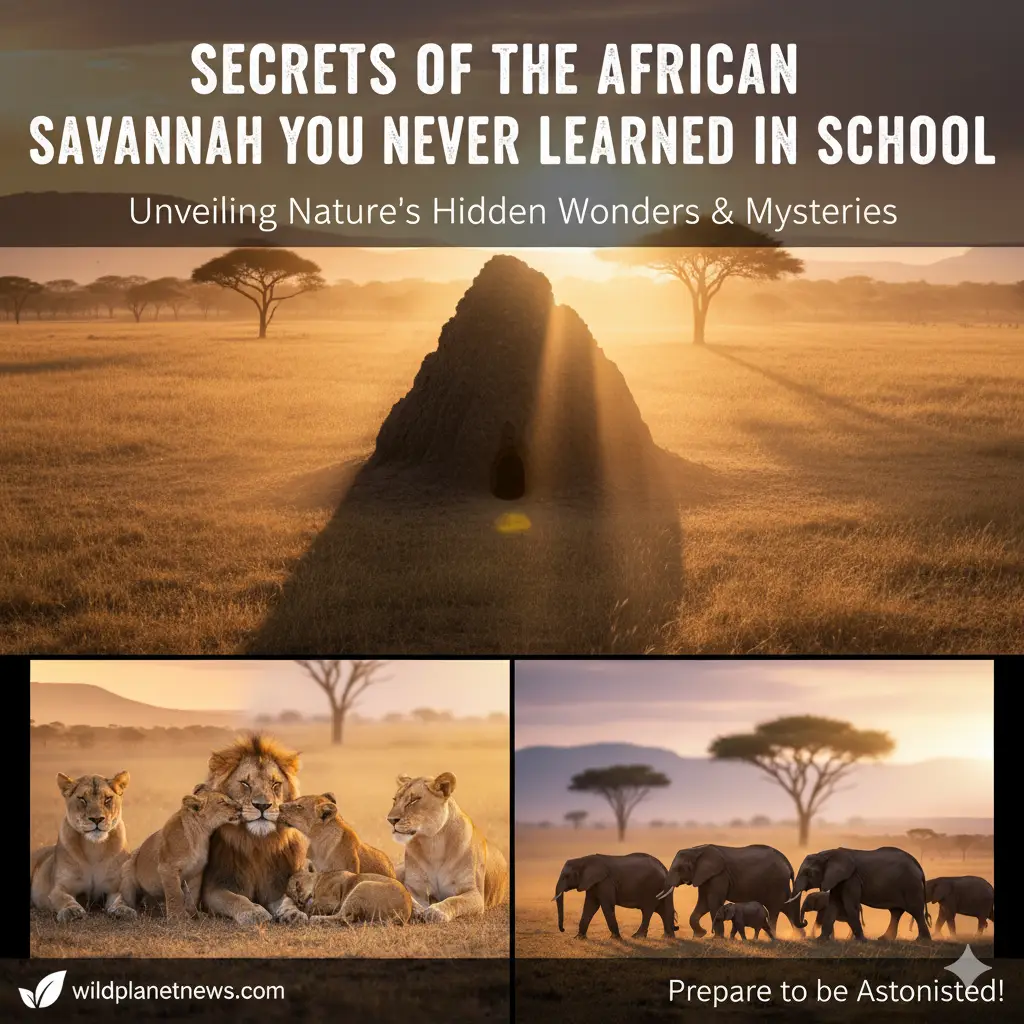
Leave a Reply